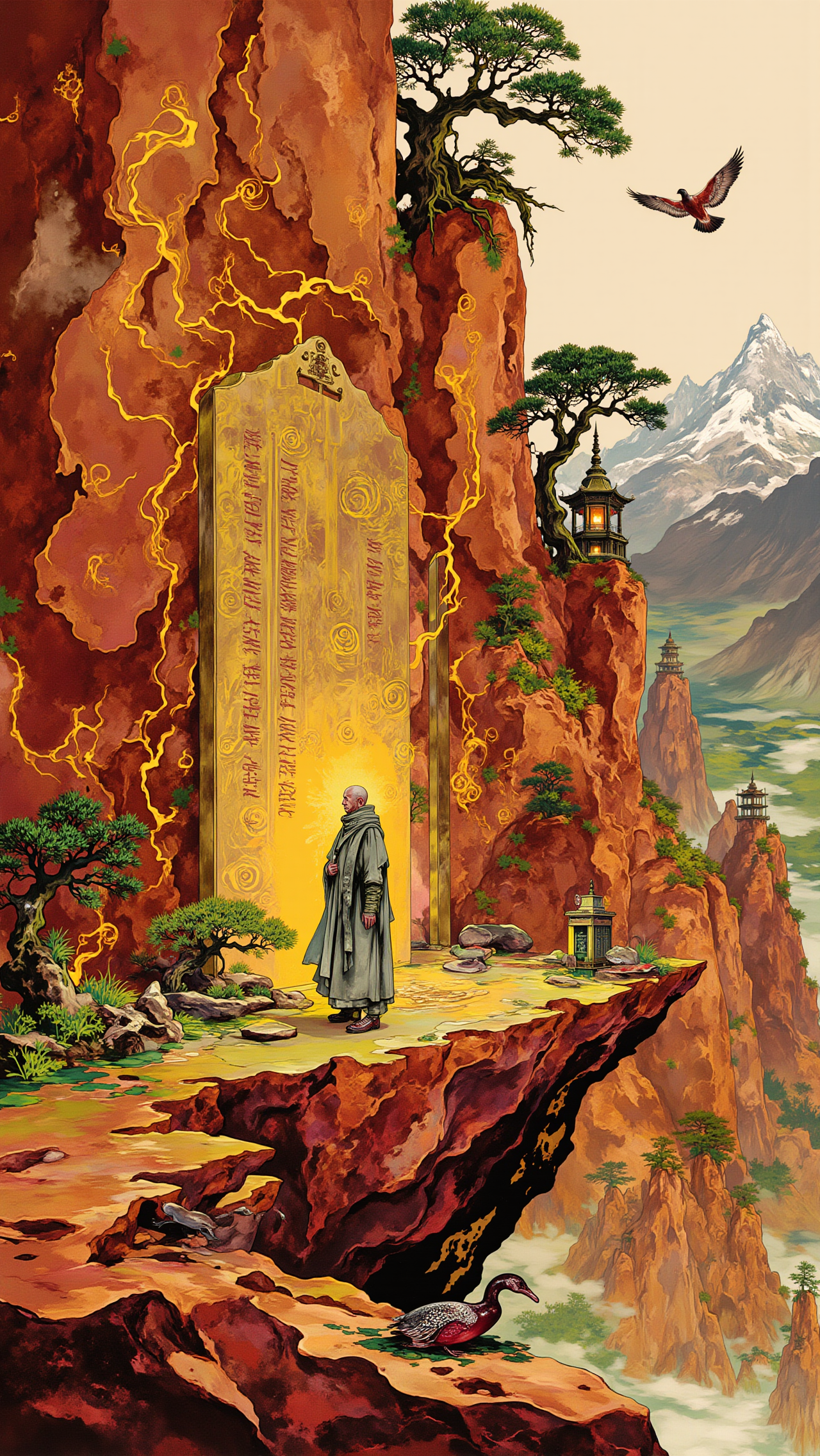Mastering the Art of Chinese Illustrations with Advanced CLIP Encoders
1. Workflow Overview

This workflow specializes in generating Eastern-style illustrations using Flux technology stack. Key features:
Dual CLIP encoders (t5xxl_fp8 + clip_l)
High-res output (2272x1280)
Style enhancement via Lora
Core Models:
BaseAlgo_F.1: Main model (FP8 optimized)ae.sft: Dedicated VAEFantasyMirage.lora: Style adapter (0.9 strength)
2. Node Breakdown
Critical Nodes:
DualCLIPLoader
Loads t5xxl_fp8_e4m3fn (Chinese-optimized) + clip_l
FluxGuidance
Advanced conditioning control (CFG=3.5)
GetNode/SetNode
Data routing system:
"1": Latent flow
"c": CLIP model flow
"l": Conditioning flow
easy cleanGpuUsed
VRAM cleaner (requires KJNodes)
Dependencies:
FP8 support (RTX 30/40 series)
ComfyUI-Fluxrecommended
3. Workflow Structure
Generation Stages:
Text Encoding
Processes complex Chinese prompts (e.g. philosophical descriptions)
Latent Generation
Euler sampler (20 steps)
Empty latent: 2272x1280 (batch=4)
Post-Processing
Auto VRAM cleanup
Dual output channels
4. I/O Specification
Inputs:
Positive prompt:
Cascading ochre-yellow composition...(200+ words artistic description)Seed: 566815113879132 (randomizable)
Outputs:
Path:
/ComfyUI/Format: PNG (ultra-high res)
5. Critical Notes
Hardware
FP8 support required
VRAM: ≥16GB (for 2272px)
Model Paths
Main model:
ComfyUI/models/unet/Loras:
ComfyUI/models/loras/
Troubleshooting
NaNerrors: Reduce FluxGuidance CFGVRAM issues:
Decrease batch size in EmptyLatentImage (current:4)